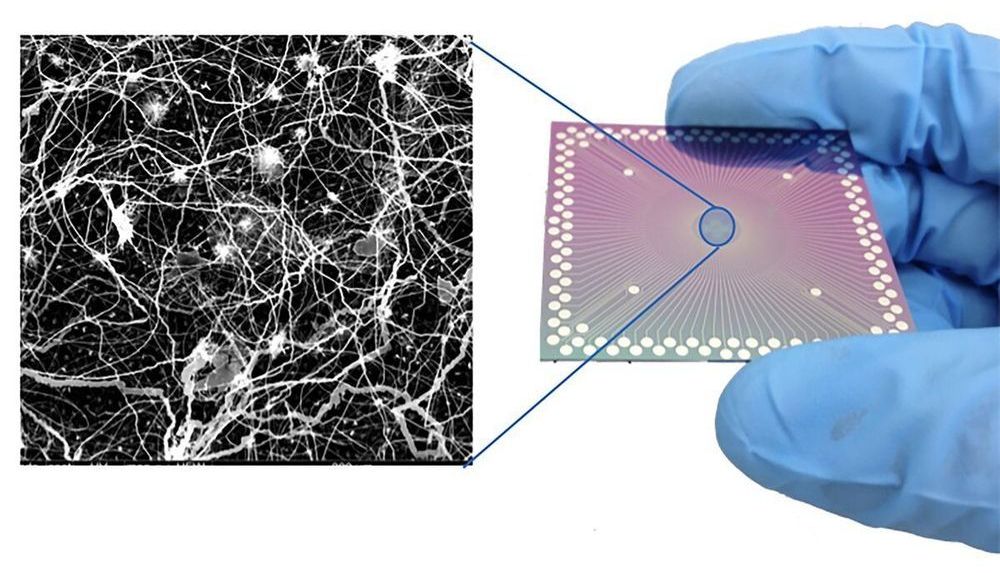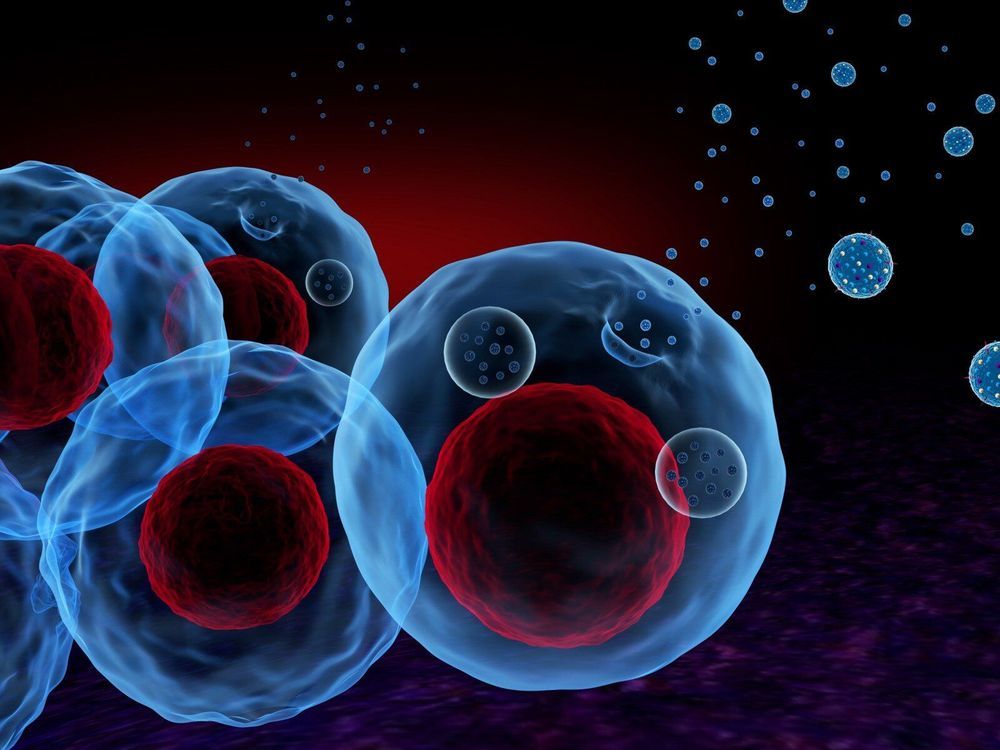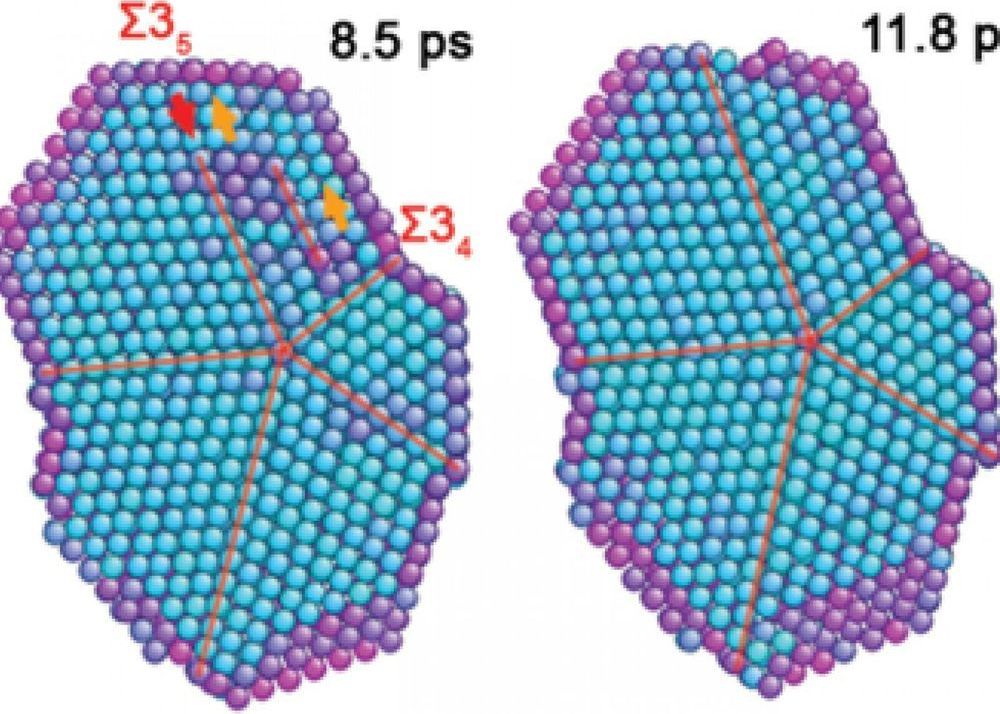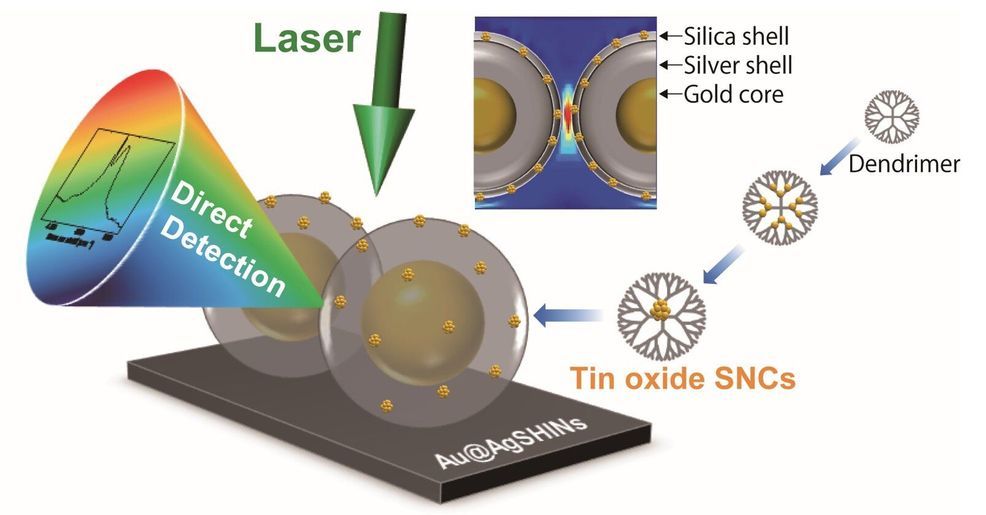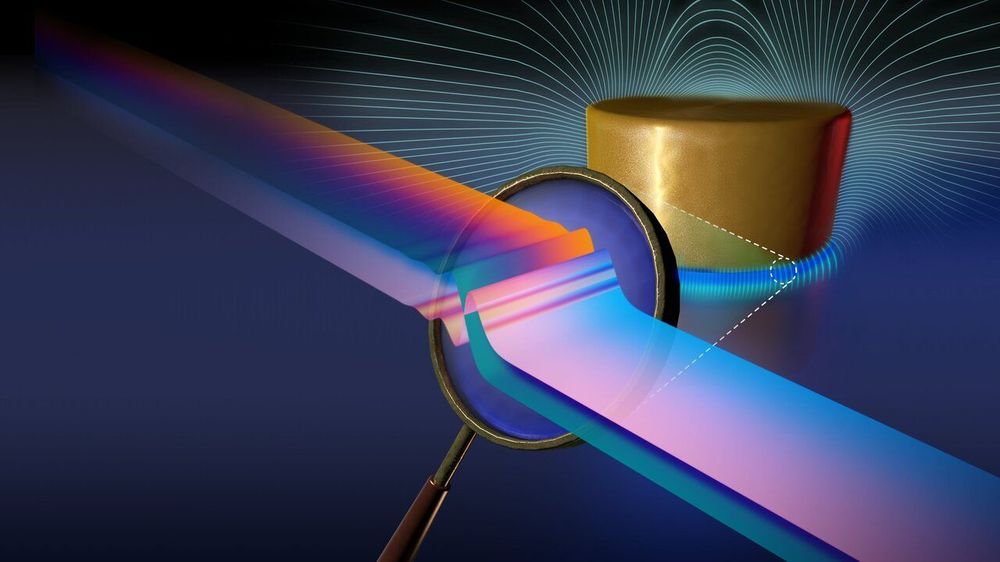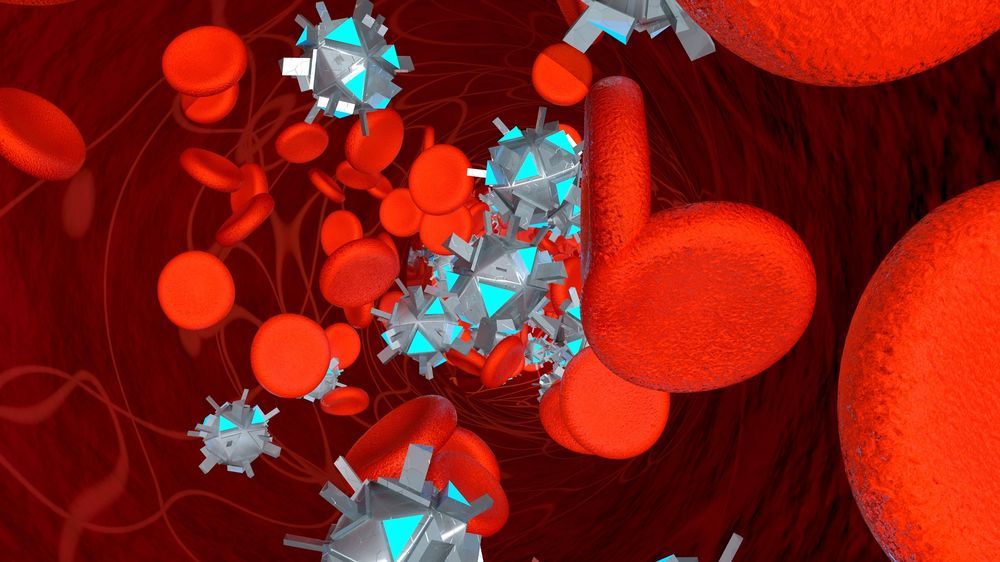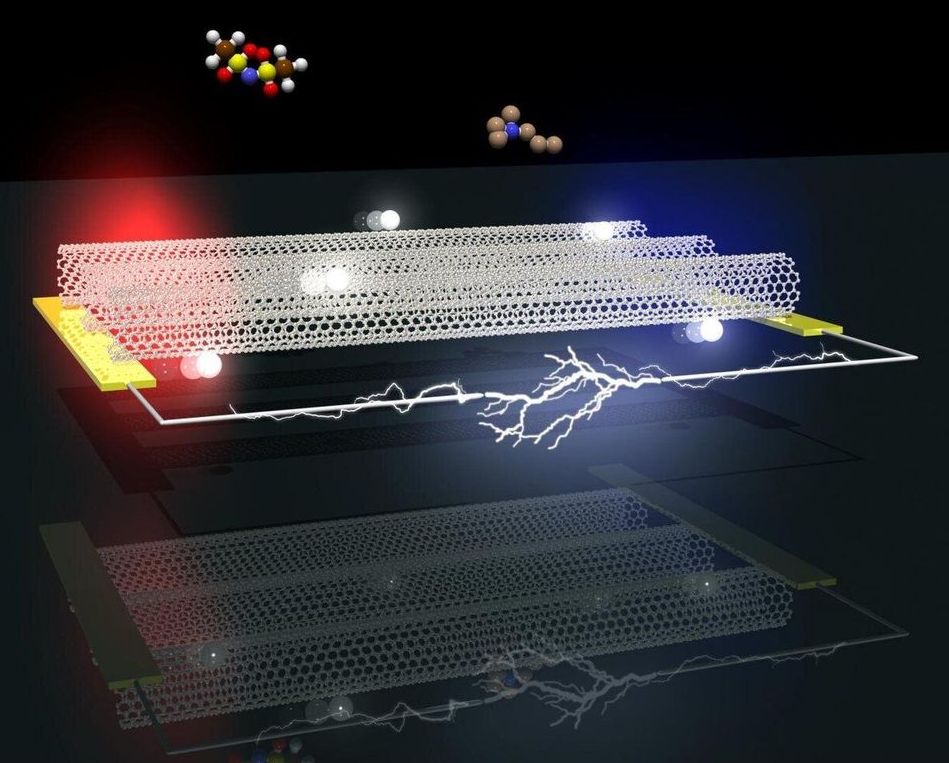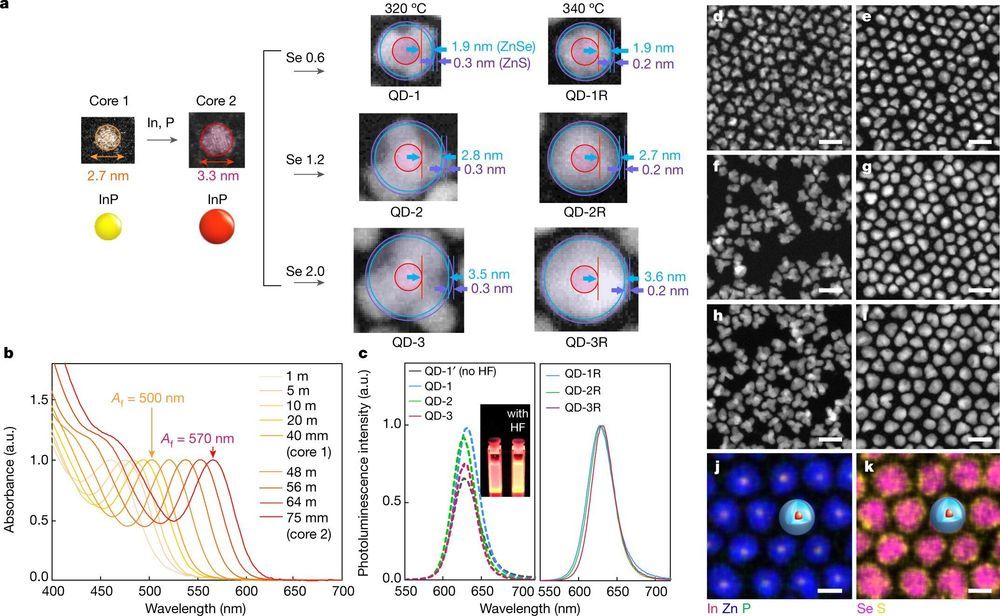Dec 17, 2019
Researchers observe brain-like behavior in nanoscale device
Posted by Saúl Morales Rodriguéz in categories: nanotechnology, neuroscience
UCLA scientists James Gimzewski and Adam Stieg are part of an international research team that has taken a significant stride toward the goal of creating thinking machines.
Led by researchers at Japan’s National Institute for Materials Science, the team created an experimental device that exhibited characteristics analogous to certain behaviors of the brain—learning, memorization, forgetting, wakefulness and sleep. The paper, published in Scientific Reports, describes a network in a state of continuous flux.
“This is a system between order and chaos, on the edge of chaos,” said Gimzewski, a UCLA distinguished professor of chemistry and biochemistry, a member of the California NanoSystems Institute at UCLA and a co-author of the study. “The way that the device constantly evolves and shifts mimics the human brain. It can come up with different types of behavior patterns that don’t repeat themselves.”
